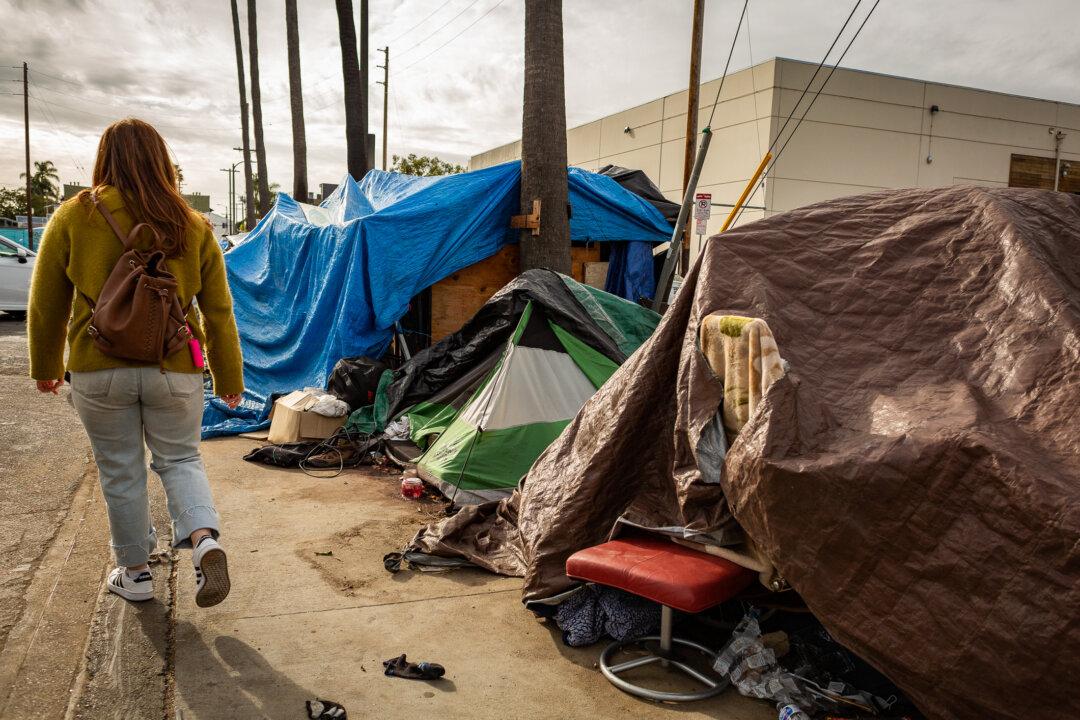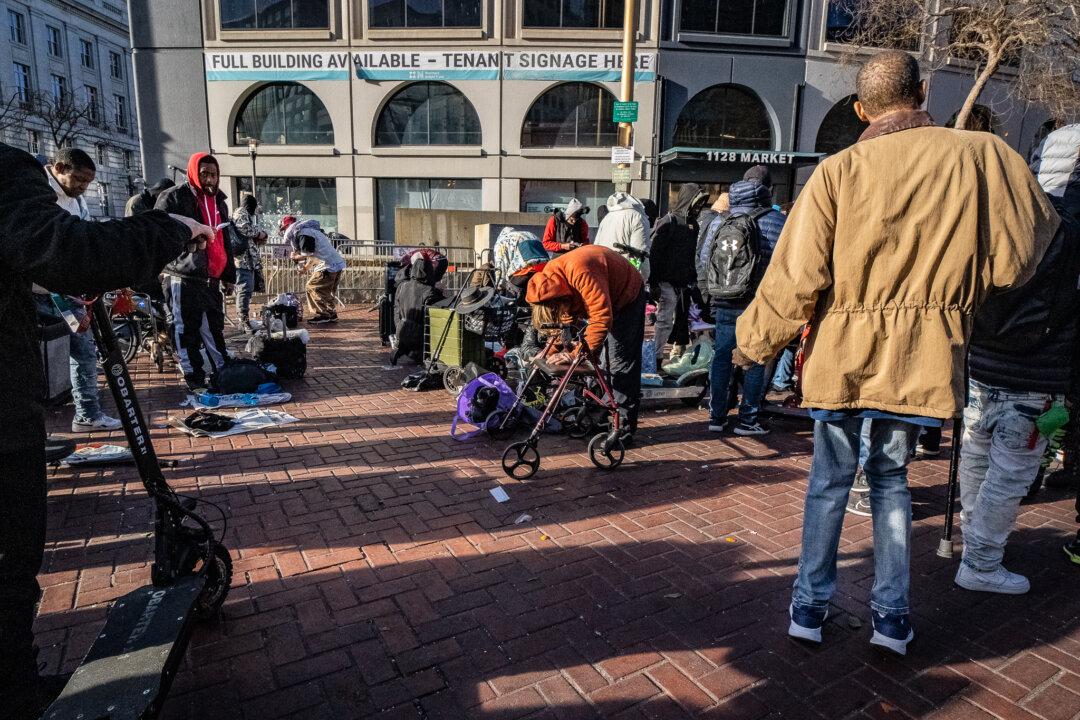Soledad Ursua, the chairwoman of the Venice Neighborhood Council, knew she had to speak out when crime, drug addiction, and homeless encampments began to increase in the small Los Angeles community. She claims local officials have neglected the needs of the community while funding expensive projects that haven’t solved the fundamental problems.
“Venice Beach has always been sort of on the fringe, it’s a very bohemian-like community, it’s always been a little bit gritty,” Ursua said during a recent interview on EpochTV’s “American Thought Leaders” program.





